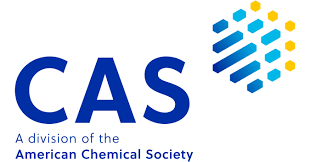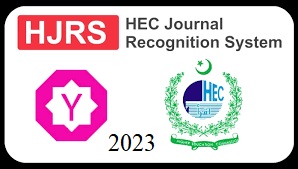Formulation development and characterization of famotidine dry suspension for oral use
DOI:
https://doi.org/10.56770/jcp2022622Keywords:
Dry suspension, Famotidine, HPLC, Stability study, ViscosityAbstract
Famotidine an H2 receptor blocker is generally used to treat ulcers of stomach and intestine. Famotidine is available in liquid suspension that is unstable during shelf life. Degradation of the drug as well as bad smell and color change is major problem in liquid suspension. This problem may be solved by formulating the drug as a dry suspension. We prepared four different formulations of famotidine as dry suspension. Geometric mixing methodology was followed to prepare the formulations. IR-spectroscopy showed no incompatibility between excipients used and API. Tests performed to evaluate formulations include assay, pH, viscosity, flow property, sedimentation volume and re-dispersibility. Among all the developed formulations, F3 was most ideal having excellent flow property, 100% drug assay, optimum viscosity and pH. Other formulations displayed some problems like viscosity of F1 was high that caused difficulty in flow while assay of F2 was 94% and F4 had bitter taste and low pH value. Hence F3 formulation was selected for further studies and kept for six months in stability chamber at accelerated conditions having temperature 40 °C ±2 and 75% ±5 R.H. samples were taken at 0, 1, 2, 3, 4 and 6 months to evaluate stability of the dry formulation. Moreover formulation (F3) was reconstituted with water and placed at accelerated conditions for 28 days to check its stability. Samples were taken at 0, 1, 2, 3, and 4 weeks. Results showed that no change occurred in both dry and reconstituted suspension during stability studies. It can be concluded on the basis of these findings that F3 formulation was stable and can be used in future.
Downloads
Published
How to Cite
Issue
Section
License
Copyright (c) 2022 The authors retain the copyright without restriction.

This work is licensed under a Creative Commons Attribution 4.0 International License.









